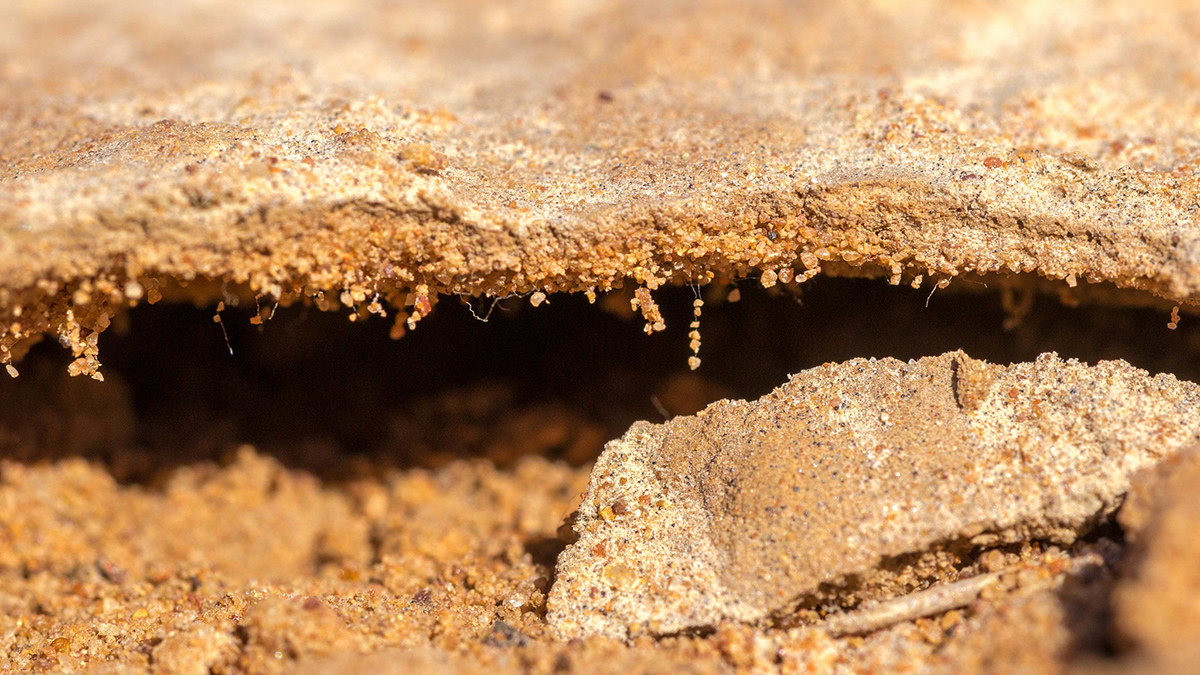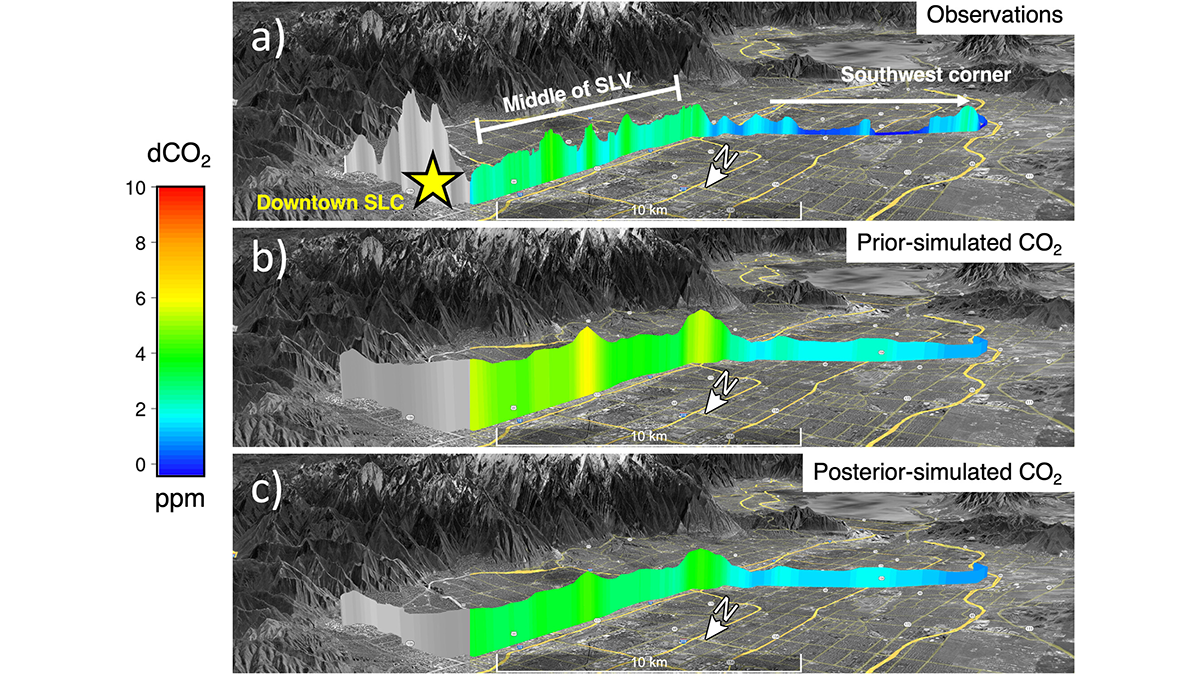Pacific Islander and Hispanic residents of Salt Lake City would benefit most from higher lake levels and reduced dust pollution.
Utah
The Dirt on Biocrusts: Why Scientists Are Working to Save Earth’s Living Skin
Think twice before stepping on that crunchy top layer of soil. It may be a vital ecosystem—one that you can help protect.
Faults Along Salt Walls Are Less Stressed in the Paradox Basin
Based on an extended stress database, scientists observe systematic changes in the tectonic stress state and a reduction in fault reactivation potential near salt walls in the Paradox Basin.
The Size of the Great Salt Lake Affects Storm Precipitation
Utah’s most famous body of water is shrinking, and storms might deliver less precipitation than normal if that trend continues.
Snapping Science in the Field
Snapchat, the multimedia messaging app, offers a range of features that make it an unexpectedly useful tool for geoscientists on the go.
Cold Fog Is Capricious, but Not for Long
New observations of cold fog formation could eventually improve forecasting.
Climate Change Narrows the Window for Prescribed Fires
Longer, drier summers may mean fewer opportunities for firefighters to safely burn would-be wildfire fuel in the western United States.
LaVerkin Bench: damaging landslides in Utah
The Landslide Blog is written by Dave Petley, who is widely recognized as a world leader in the study and management of landslides. In the city of LaVerkin in Utah, USA, a series of damaging landslides are destroying houses. The slope failures are occurring on a steep bluff on the edge of the city on […]
Dust Is Melting Snow—And Current Models Can’t Keep Up
Mountain snowpack melts quicker when coated in dust. This cyclical problem is forcing water forecasts to evolve.
Tracking Human CO2 Emissions from Medium-Sized Cities
Atmospheric inverse models, combined with observations, successfully tracked modest CO2 emission reductions in Salt Lake City during the first COVID-19 lockdown in 2020.










